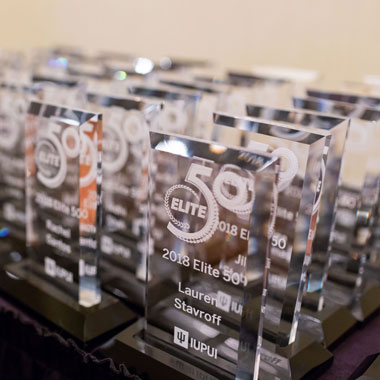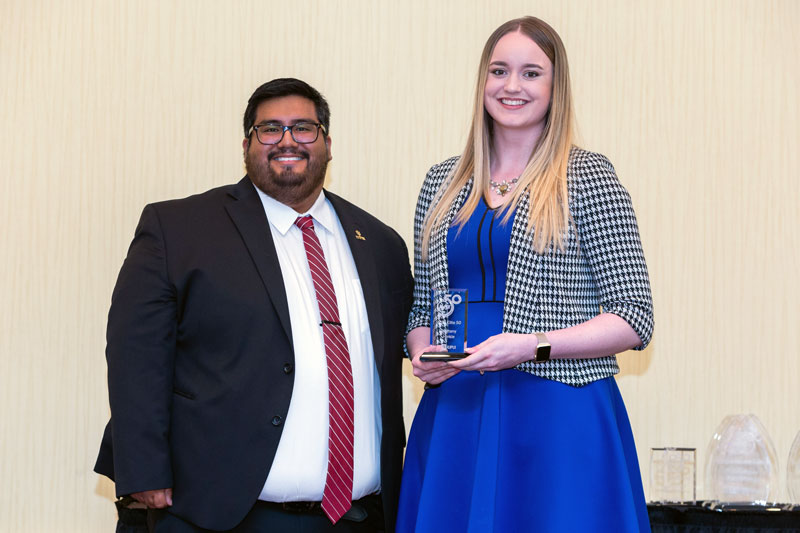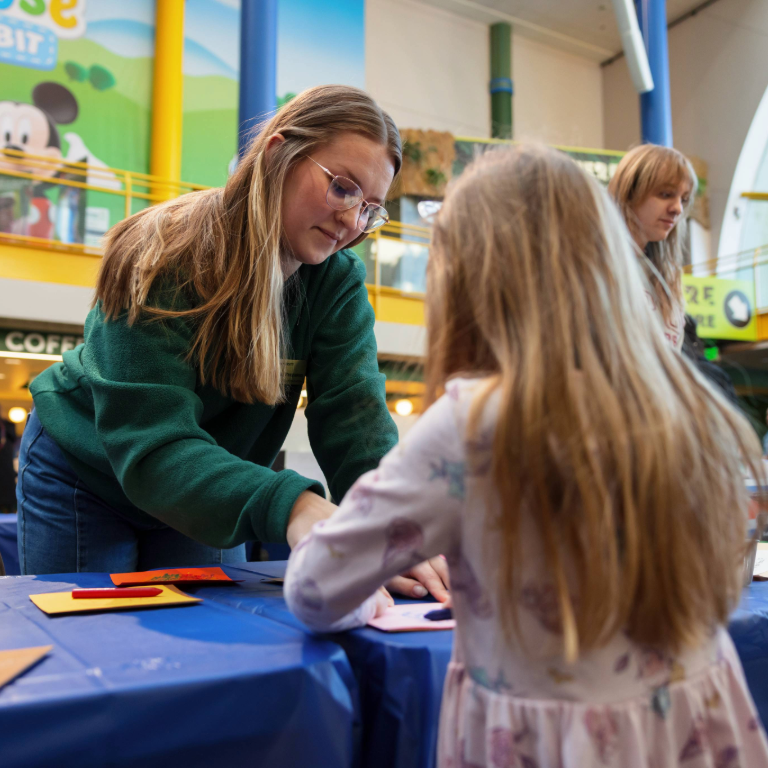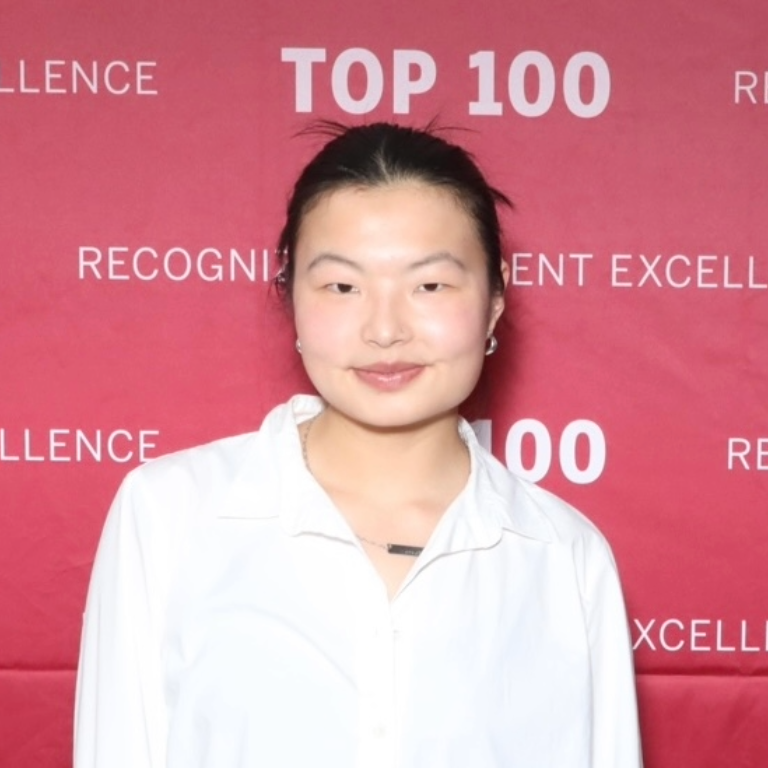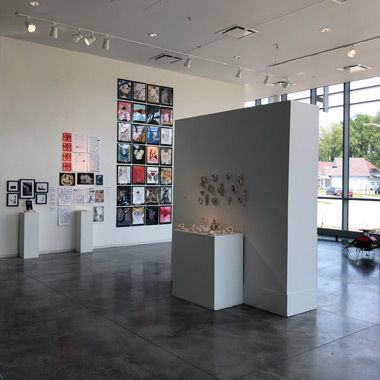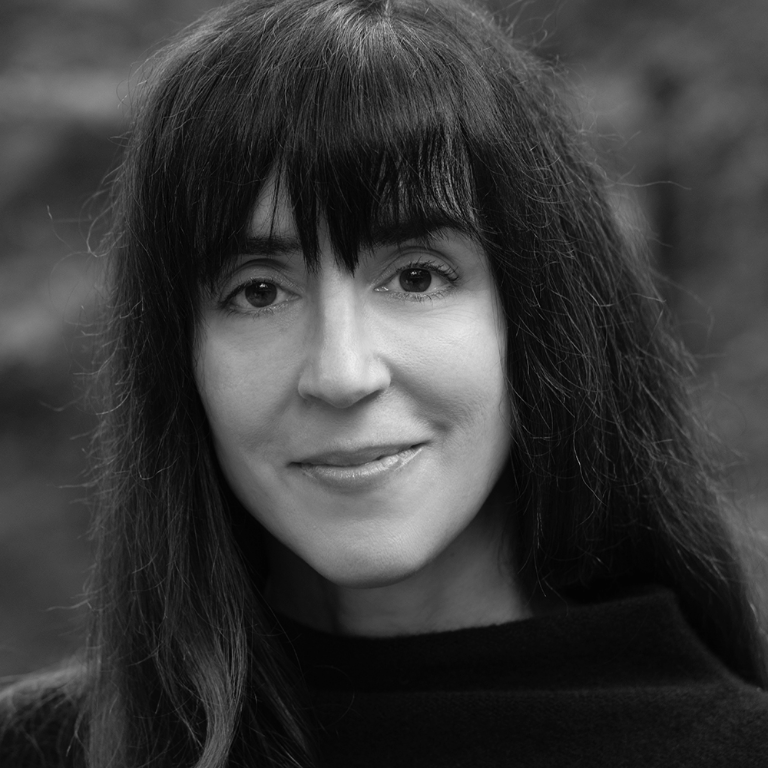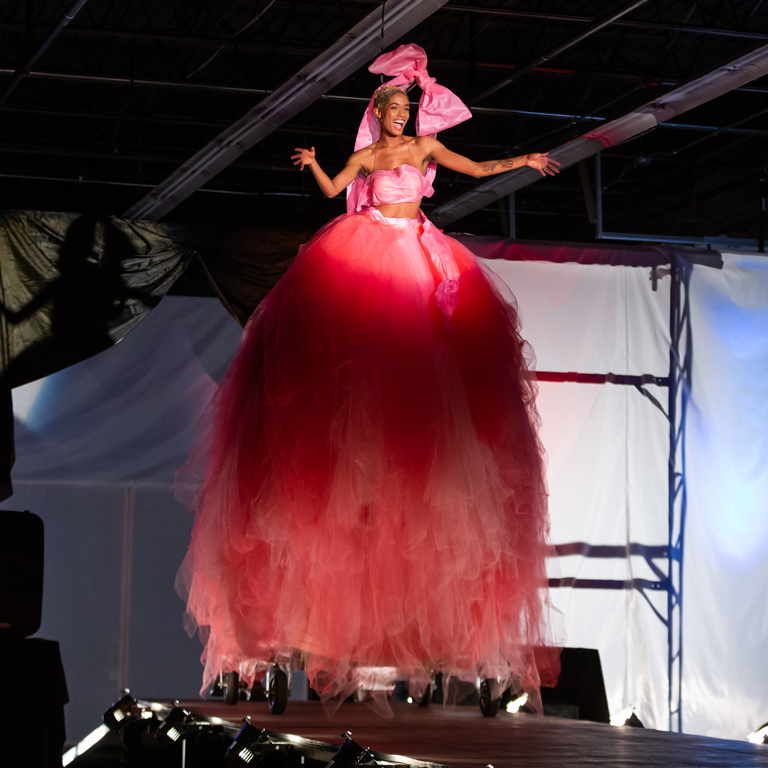HERRON: What initially sparked your interest in the field of art therapy?
HINKLE: I earned my B.A. in Dance Business with a minor in art and design at Anderson University. During my time there, I took a movement analysis course and attended a dance/movement therapy workshop at Columbia College Chicago. It was then that I knew I wanted to do something service-oriented.
I learned about art therapy when I was searching for dance/movement therapy programs and was immediately drawn to the videos on Herron's art therapy page – the digital stories students in the program create each year about their internship experiences. The application was due the next day and I just knew that this is what I wanted to do.
HERRON: How have you applied your graduate training so far?
HINKLE: My graduate career has been the most rewarding time of my life. During my first year in the art therapy program, I interned at St. Vincent Breast Center. There, I served patients with cancer as well as survivors and their family members in the Open Art Therapy Studio for 10 hours a week, totaling over 250 volunteer hours.
My responsibilities at St. Vincent included maintaining the studio, organizing art materials, facilitating open art studio groups twice a week, assisting the dance/movement therapist with "Rise and Shine" sessions once per week, and raising money for the St. Vincent Foundation. I also facilitated a bookmaking group, teaching patients and survivors how to create books that could be used throughout their therapeutic journeys.
This academic year, I have accumulated an additional 750 clinical hours interning at Hendricks Regional Health, Cancer Support Community Central Indiana, and Community Hospital South.
I'm currently responsible for the art therapy programming at Hendricks Regional Health in Avon and Danville, where there has never been an art therapist before. Based on my experience with St. Vincent, I created a list of materials that are necessary to start an art therapy program and developed a schedule that includes open art studios and individual sessions for patients with cancer, survivors, family members, caregivers, and couples. Additionally, I work directly with nurses that coordinate each patient's chemotherapy treatments to determine how I can best provide art therapy services to individuals as they receive their infusions.
HERRON: Tell us about your graduate thesis and what you're investigating.
HINKLE: At the end of my first year, I applied for a scholarship to conduct research related to Alzheimer's disease and dementia. I was awarded an Early Investigator's Scholarship by the Alzheimer's Association Indiana Chapter.
Since then, I've developed a six-week intervention conducted at Joy's House Adult Day Service this semester for my capstone research project and thesis. The overall purpose of my study is to improve quality of life for individuals with dementia. It is my hope that the study can be replicated and that art therapy interventions are more commonly used for the treatment of dementia.
HERRON: So, what's next for you after graduation?
HINKLE: I hope to continue developing the art therapy program I started earlier this year at Hendricks Regional Health and to expand the current program to departments other than oncology. I am particularly excited for the opportunities that may result from this program's development.
My other professional goals include teaching future art therapists and expanding my knowledge base to other populations. For instance, I would love to teach and supervise art therapy interns in the hopes of impacting them like Eileen Misluk and Michelle Itczak have impacted me. Without them, my accomplishments would not have been possible.
HERRON: Lastly, what has been your most memorable Herron experience?
HINKLE: My most memorable experience was attending American Art Therapy Association's annual conference in Albuquerque, New Mexico with members of my cohort. We drove 21 hours to and from the conference and made so many memories along the way. During the conference, I networked with other art therapists, attended lectures, and became inspired to contribute to the field in my future work.


